So why write a 3-part series on “stuffy” classical music in a publication devoted, to a large extent, to audio? It’s simple – if you invested money, time, and energy in making your system sound great, don’t you want to hear what it can do? Of course you do! And there’s no better way to do so than by driving it with spectacular, and often demanding, classical recordings. So please, if you haven’t yet read the first two parts of this series, please do. If you have, welcome to the third part, where I’ll divulge a handful of recordings that will stun you with their quality.
*
Everything in life moves forward and the way classical music was recorded since the “Golden Age”—the mono and early stereo period—is no exception. How did the landscape change since then, and what does it mean to audio enthusiasts? To find out, let’s look at recordings in terms of these three periods:
- Late Analog
- Early Digital
- Today’s Digital
Late Analog (late ‘60 -70s)
A mixed bag. Some of the worst sounding orchestral recordings are from this period. To lower the noise floor, which was the Achilles heel of early stereo, engineers started placing dozens of mics inside the orchestra, as close as possible to the musicians to try to eliminate extraneous noise. Since they had little experience mixing this many tracks, a process entirely done in the analog domain, the resulting recording sounded often dry and unnatural, almost plasticky, if that makes sense.
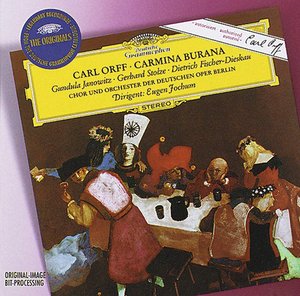
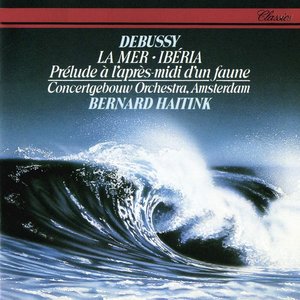
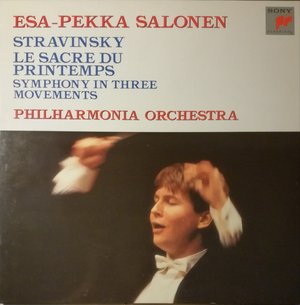
But it wasn’t all bad. In the midst of these misguided mic-placing techniques, stereo recording evolved. Some engineers improved on the clarity of recordings while maintaining the fullness of sound that the recordings from the Golden Age were known for. That combination of clarity and fullness was truly a case of having the best of both worlds. Good examples of this, on the orchestral side, are conductor Eugen Jochum’s recording of Carmina Burana (LP, Deutsche Grammophon, DGG 139362) and Bernard Haitink’s recording of Debussy’s Orchestral Works (LP, Philips, 4164442). The latter includes “Prélude à l’après-midi d’un faune (Prelude to the Afternoon of a Faun)” and it’s one of the greatest achievements in late analog recording. If you want to hear what your high-end audio system is capable of, this recording will show you.
Early Digital (‘80s to early 90s)
I call this era the “Dark Age” of classical recording. A bit of irony there, since most of the recordings from this period sound unbearably bright, to the point you’d be hard-pressed to find one that sounds natural.
But some recordings did succeed in overcoming the limitations of early digital. And these were almost all recorded in 20-bit. Sony Music was a pioneer in this area. Just listen to the Sony recording of Stravinsky’s “Le Sacré du printemps (The Rite of Spring)” (CD, Sony Classical, SK 45796) by the Esa-Pekka Salonen-led Philharmonia Orchestra to see light in the darkness.
Today’s Digital (some time in this century all the way to the present)
This period is rather specific; here, I’m referring to all modern recordings produced in 24-bit, which you can safely assume encompasses almost all recordings done in the last 15 years or so.
If early stereo was gold, today’s digital is diamond. Everything improved as digital technologies, along with our understanding of them, improved. Many of today’s classical recordings not only offer astonishing transparency and presence, but also fullness and depth of field. Simply put, even the best recordings from the previous eras can’t hold a candle to the better ones made digitally today.
It’s my view that the advantages of these 24-bit recordings shine through regardless of the playback format. You can listen to them on a 16-bit CD, for example, and it doesn’t diminish their awesomeness. I know this is a hotly debated topic, and for those who want to dig deeper, I recommend reading the results of PMA’s public blind test on high-resolution.
Today’s digital technologies also democratized the recording field substantially. You can, nowadays, produce a very good sounding classical recording with only a few mics, a USB interface, and a computer. Professional gear has also become cheaper. That means the field is no longer dominated by a handful of big labels. Many of the best sounding recordings I’ve heard are from new, obscure, classical “indie” labels founded in this century. And most often than not, when I’m disappointed by the quality of a new digital release, it’s from one of the major labels.
There are many modern recordings with breathtaking sound quality, but I think the following four represent the pinnacle of digital sound:

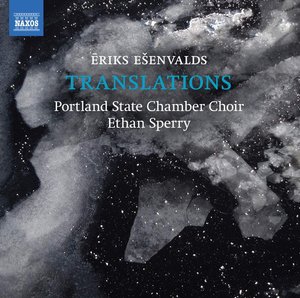

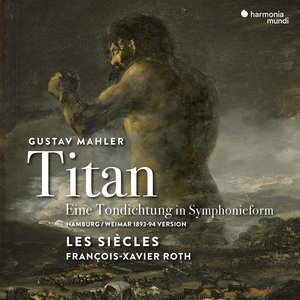
- Concerti Virtuosi – Tafelmusik Baroque Orchestra conducted by Jeanne Lamon (Analekta)
- Translations – Choral Music by Ēriks Ešenvalds – Portland State Chamber Choir conducted by Ethan Sperry (Naxos)
- Beethoven, Sonatas for Violin and Piano – Clara-Jumi Kang, Violin, and Sunwook Kim, Piano (Accentus Music)
- Mahler, Symphony No.1 “Titan” conducted by Francois-Xavier Roth (Harmonia Mundi)
I like to remind myself that most of this music was written before paper cups and cell phones were invented, let alone microprocessors and digital cables. And the last two are, among other factors, what made the above groundbreaking recordings possible.
I urge you to play at least one of these recordings through your treasured speakers or headphones. It would give your system a chance to flex audio muscles you didn’t know it had, while, perhaps, giving you a chance to discover emotional muscles you didn’t know you had.
Thanks for reading.










Leave a Reply